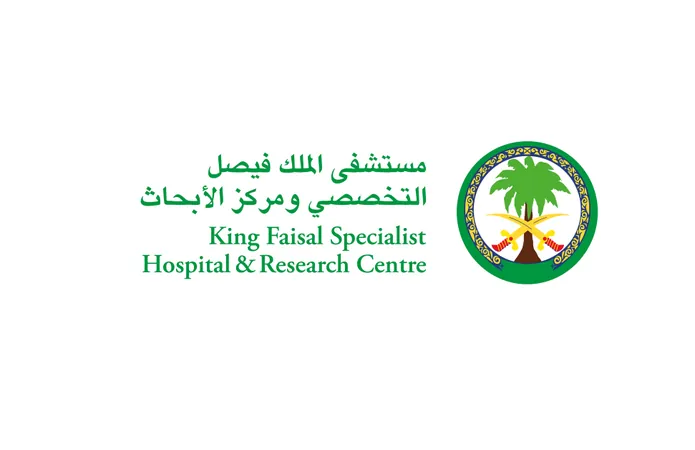
Hospitalization Risks Skyrocket for Kids with RSV Compared to HMPV
2025-08-25
Author: Wei
A shocking new study reveals that children suffering from respiratory syncytial virus (RSV) are over 1.5 times more likely to be hospitalized than those affected by human metapneumovirus (HMPV). The situation becomes even more alarming for infants under six months, who face a staggering threefold increase in hospitalization risk.
Major Findings from Groundbreaking Research
Carried out by the Centers for Disease Control and Prevention (CDC) alongside seven pediatric hospitals, this analysis involved insights from more than 8,000 children who visited emergency departments with acute respiratory infections between December 2016 and March 2020.
No Safety Net for HMPV
While RSV and HMPV share genetic similarities and cause akin symptoms, they differ drastically in preventive measures. Currently, RSV can be mitigated through a long-term monoclonal antibody therapy, nirsevimab, and a vaccine available for expectant mothers. Unfortunately, HMPV still lacks such preventive options, although efforts are underway to create vaccines for both children and adults.
Striking Differences in Hospitalization Rates
The study found that 4,398 children were hospitalized due to RSV compared to 931 for HMPV. Additionally, the median age for hospitalization was notably lower for RSV (7 months) than for HMPV (16 months). The adjusted odds of hospitalization for RSV patients stood at 1.68, with the greatest risk for infants under six months being 3.27.
Severity of Illness Matters
Despite hospitalization rates, the severity of illness showed some similarities: about 62% of children with RSV and 60% with HMPV required supplemental oxygen, and the typical length of stay was the same—2 days. However, those with HMPV displayed a higher likelihood of being diagnosed with pneumonia (35.6% vs 17.7%) or bacteremia/septicemia (4.3% vs 1.7%).
High-Risk Groups and Monitoring Needs
Children with underlying conditions such as premature birth, cardiovascular issues, or nutritional disorders exhibited elevated chances of prolonged hospital stays (3 or more days) and ICU admissions compared to their healthier peers. The researchers emphasize the need for ongoing monitoring of RSV and HMPV trends, especially as new preventive measures emerge.
In summary, this study highlights pivotal differences between RSV and HMPV, urging healthcare professionals to be vigilant as seasonal trends and prevention strategies evolve.




 Brasil (PT)
Brasil (PT)
 Canada (EN)
Canada (EN)
 Chile (ES)
Chile (ES)
 Česko (CS)
Česko (CS)
 대한민국 (KO)
대한민국 (KO)
 España (ES)
España (ES)
 France (FR)
France (FR)
 Hong Kong (EN)
Hong Kong (EN)
 Italia (IT)
Italia (IT)
 日本 (JA)
日本 (JA)
 Magyarország (HU)
Magyarország (HU)
 Norge (NO)
Norge (NO)
 Polska (PL)
Polska (PL)
 Schweiz (DE)
Schweiz (DE)
 Singapore (EN)
Singapore (EN)
 Sverige (SV)
Sverige (SV)
 Suomi (FI)
Suomi (FI)
 Türkiye (TR)
Türkiye (TR)
 الإمارات العربية المتحدة (AR)
الإمارات العربية المتحدة (AR)